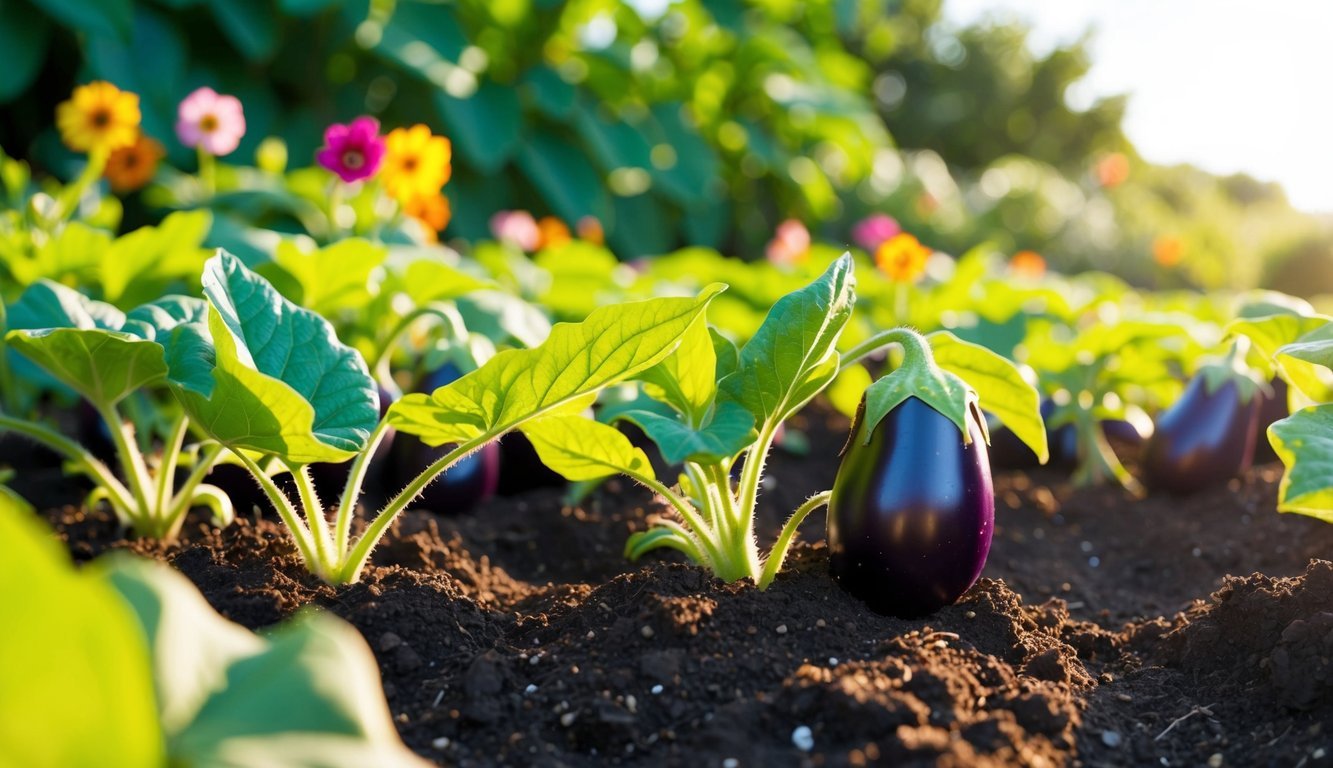
Introduction to Eggplant Cultivation
Eggplants, akin to tomatoes and peppers, are enjoyable and manageable to grow from seed.
Logan Hailey, a seasoned organic farmer, shares vital tips for planting and caring for these delicious nightshade vegetables.
Available in a variety of shapes and flavors—from the iconic round Italian eggplants to the elongated Asian types—these plants flourish in plenty of sunlight and warmth.
With the right conditions, cultivating eggplants from seeds is just as uncomplicated as growing tomatoes and peppers.
If you’re keen to dive into gardening without breaking the bank, here’s a detailed guide to growing eggplants from seed in your home, garden, or greenhouse setting.
Timing Your Eggplant Seed Planting
To set yourself up for success, aim to plant your seeds around six to eight weeks before you intend to transplant them outdoors.
Given that eggplants prefer warmer temperatures than many other summer vegetables, it’s essential to wait a few weeks after the last spring frost before moving them outside.
Count back eight weeks from your planned transplant date to pinpoint the ideal time to start your seeds.
Usually, March or April proves to be the perfect time in most areas for sowing eggplant seeds, gearing up for an outdoor move come May or June.
However, if you’re in the southern regions, you might kick off in February, especially when you’re using heat mats and are not worried about frost.
To achieve successful germination, maintain soil temperatures between 70°F and 90°F (21°C to 32°C)—a soil thermometer can prove invaluable for checking the warmth of your planting containers.
Step-by-Step Guide to Cultivating Eggplants from Seed
- Choose Your Preferred Variety: There’s a plethora of eggplant types to discover, each showcasing unique flavors, although the traditional oblong Italian variety is quite popular.
- Find a Sunny, Warm Spot: Ensure you place your seed trays in a bright location to kickstart germination.
- Prepare Your Containers: Use a light, moisture-retaining growing medium to fill your seed-starting pots.
- Plant Seeds at a Shallow Depth: To foster vigorous germination, sow seeds about ¼ inch beneath the soil surface.
- Water and Monitor Temperatures: Keep the soil consistently moist while ensuring the temperature remains favorable for growth.
- Thin Seedlings: Retain only the strongest seedling from each pot to promote healthy growth.
- Give Them 6-8 Weeks to Grow: Allow your seedlings to thrive until their roots fill the cells of the containers.
- Wait for Stable Weather for Transplanting: Move your seedlings outdoors 2-4 weeks after the last frost date.
- Provide Ample Spacing: Most varieties need space ranging from 18 to 36 inches apart to grow successfully.
- Maintain Regular Care: Monitor weeds, and ensure consistent watering and periodic fertilization to avoid drought stress.
- Harvest at the Right Moment: For the best flavor, pick the fruits when they are about 6-8 inches long.
Typically, eggplants start producing fruit around 60 days after planting.
As long as warm weather and sufficient moisture are present, these plants will keep flowering and bearing fruit.
While you can harvest them at any size, it’s generally best to wait until they reach about six to eight inches in length, showcasing a shiny and vibrant skin for optimal taste.
With the right techniques and care, your eggplant garden can be a rewarding venture filled with rich flavors and bountiful harvests.
Happy gardening!
Source: Epicgardening.com

